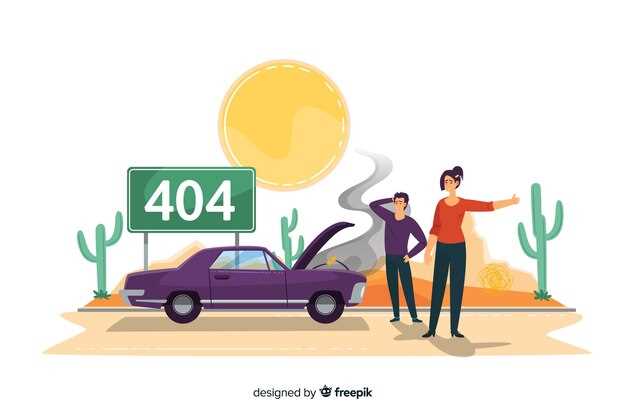
Texas, the second-largest state in the U.S., has specific laws and requirements governing license plates that every vehicle owner must be aware of. These regulations not only help in the identification of vehicles but also play a crucial role in ensuring road safety and compliance with state laws. Understanding these laws is essential for both new residents and seasoned Texans alike.
The Texas Department of Motor Vehicles (TxDMV) oversees the issuance of license plates, including standard plates, specialty plates, and temporary permits. Each type of plate comes with its own set of requirements and fees, which can vary significantly. Navigating these requirements is vital for avoiding penalties or legal issues related to vehicle registration.
Furthermore, the regulations surrounding license plates in Texas address critical aspects such as the display of plates, renewal procedures, and the process for obtaining personalized plates. By familiarizing yourself with these laws, vehicle owners can ensure compliance and enjoy a hassle-free driving experience in the Lone Star State.
Key Steps to Obtain a Texas License Plate for Your Vehicle

Obtaining a Texas license plate involves several important steps to ensure compliance with state regulations. Follow these key steps to streamline the process:
1. Gather Required Documents: Before visiting the local Department of Motor Vehicles (DMV), collect all necessary documents. These typically include your driver’s license, vehicle title, proof of insurance, and a completed application for a Texas title. Ensure the information matches to avoid delays.
2. Vehicle Inspection: Texas law requires a vehicle inspection to ensure your car meets safety and emissions standards. Schedule an appointment at a licensed inspection station. Once completed, obtain your inspection sticker, which is mandatory for registration.
3. Visit the Local DMV Office: Go to your nearest DMV office with all required documents and the inspection sticker. It’s advisable to check if an appointment is needed, as some locations may have specific procedures. Bring a form of payment for fees associated with the registration.
4. Complete the Application: At the DMV, fill out the application for a license plate and registration. Review it for accuracy, as errors can lead to additional processing time. Be ready to choose your plate type, whether standard or specialized.
5. Pay Fees: The cost for obtaining a Texas license plate varies based on vehicle type and registration duration. Be prepared to pay these fees at the DMV, as they accept various payment methods, including cash, credit, or debit cards.
6. Receive Your License Plate: Once your application is processed and fees are paid, you will receive your license plate. Install it on your vehicle according to Texas regulations, which typically require it to be displayed on the rear of the car.
7. Renewal and Compliance: Remember that Texas license plates require regular renewal. Keep track of your renewal date and ensure compliance with state laws to maintain your registration status and avoid penalties.
Types of License Plates Available in Texas and Their Specific Uses
In Texas, there are several types of license plates available to vehicle owners, each serving different purposes and specific uses. Understanding these options can help ensure compliance with state laws and allow for personal customization. Here’s a detailed overview of the most common types of license plates available in Texas:
- Standard License Plates
These plates are issued to most vehicles registered in Texas and display a combination of letters and numbers. They are mandatory for all motor vehicles, and no additional fees are required beyond the standard registration cost.
- Personalized License Plates
Unique in design, personalized plates allow owners to create a custom message, usually up to 6 characters, on their plates. A nominal fee is charged for this service, and it is subject to availability.
- Specialty License Plates
Texas offers a variety of specialty plates that support various causes, organizations, or interests. Examples include:
- Veterans’ plates
- Collegiate plates from specific universities
- Cultural or interest-based plates (e.g., wildlife conservation, environmental awareness)
Fee structures for specialty plates vary, with some benefitting nonprofit organizations.
- Temporary License Plates
Issued for short-term use, temporary plates are provided to vehicle buyers until they receive permanent plates. These are often used during the purchase of a vehicle and are valid for 30 days.
- Trade Plates
Used by dealerships and businesses that engage in the sale of vehicles, trade plates allow for the use of vehicles without requiring individual registration for each. These plates are linked to the dealership rather than a specific vehicle.
- Franchise Plates
These plates are specifically designed for certain types of vehicles such as trucks, trailers, and farm equipment. Franchise plates allow for compliance with regulations concerning vehicle classifications.
- Apportioned Plates
For commercial vehicles that operate across state lines, apportioned plates facilitate the registration of vehicles based on the percentage of mileage driven in each state. This is essential for trucking companies and businesses involved in interstate transport.
Understanding the specific types of license plates available in Texas ensures vehicle owners can choose the option that best fits their needs, comply with regulations, and express personal identity when on the road.
Renewal Process and Fees Associated with Texas License Plates

The renewal process for Texas license plates typically occurs every one or two years, depending on the vehicle type and registration category. Vehicle owners are notified by mail or email approximately 30 days before their registration expires, providing them with the necessary details to complete the renewal.
To renew your license plates, you can choose between several methods: online renewal through the Texas Department of Motor Vehicles (DMV) website, in-person renewal at your local county tax office, or renewal by mail. For online renewals, you will need your vehicle’s information and a valid credit card to pay the renewal fee. When renewing in person, it’s advisable to bring your vehicle registration receipt and any required identification.
The fees for renewing Texas license plates vary based on factors such as vehicle type, weight, and whether additional specialty plates are requested. The base fee for a standard passenger vehicle is generally around $50. However, additional fees may apply for personalized or specialty plates, which can range from $30 to $200 or more, depending on the design and type. Additional fees for late renewals can also be incurred, emphasizing the importance of renewing on time.
If a vehicle owner has outstanding fines or fees, these must be resolved before the renewal can be processed. It’s crucial to review the renewal notice for any specific requirements or additional fees that may apply, ensuring a smooth and efficient renewal process.
